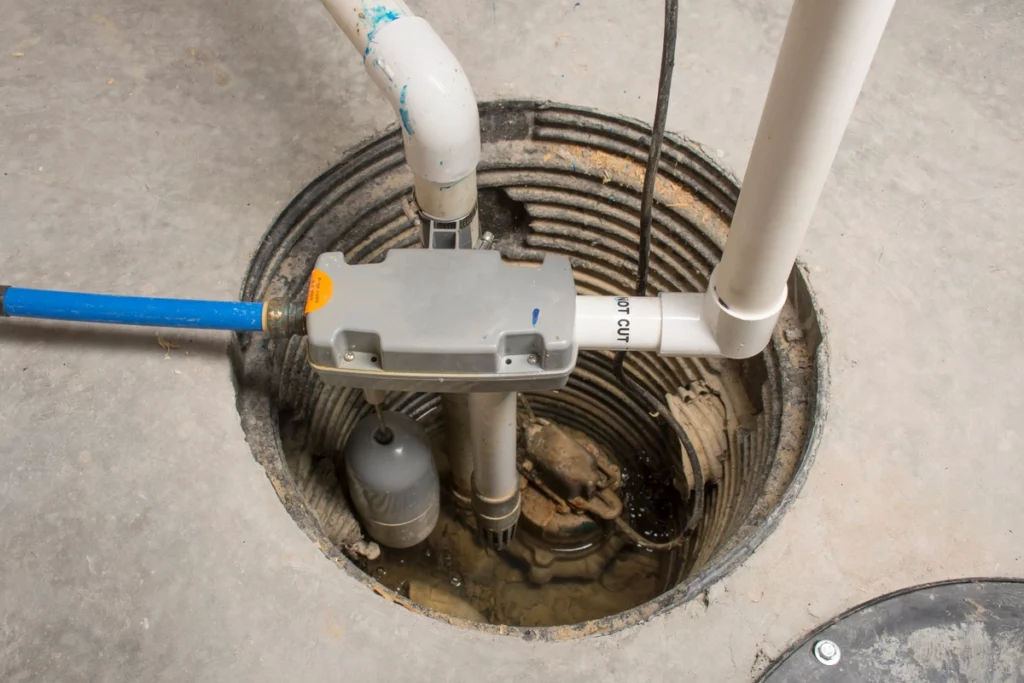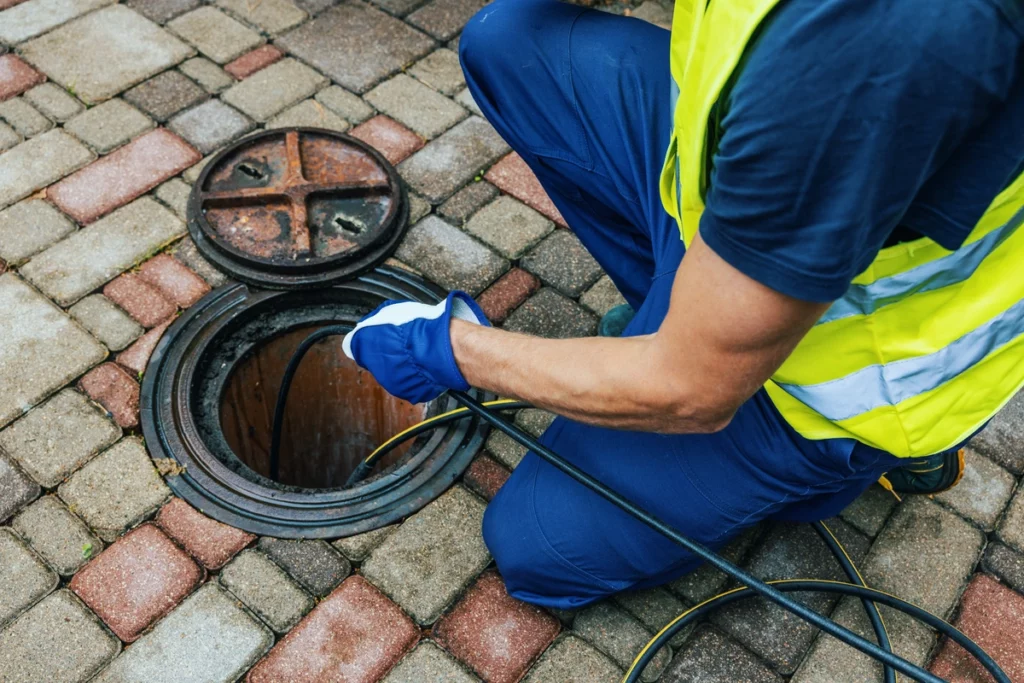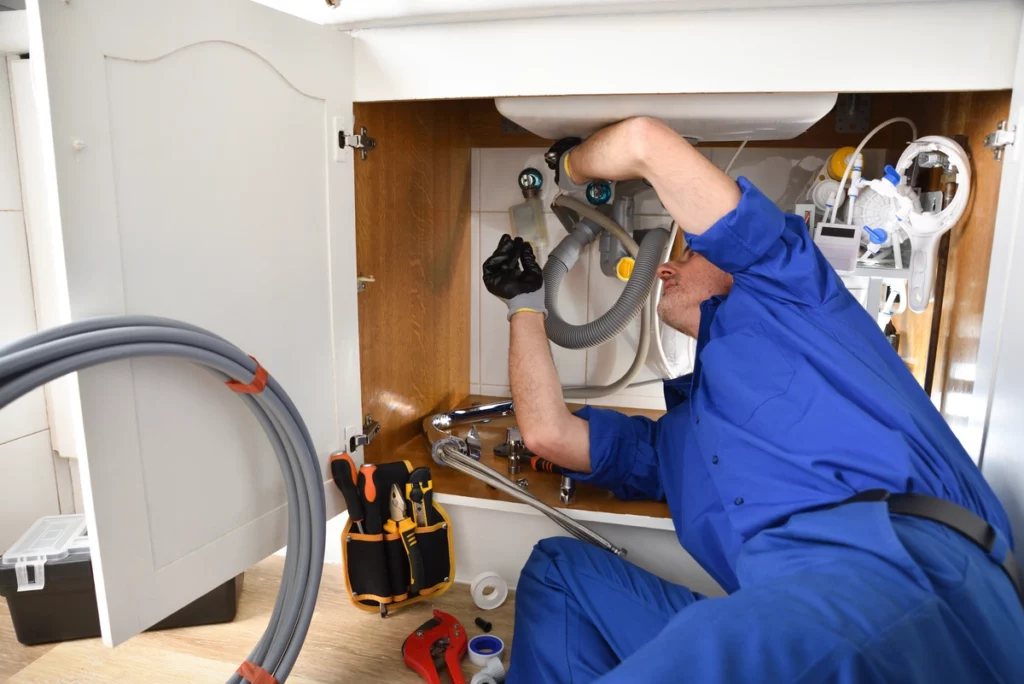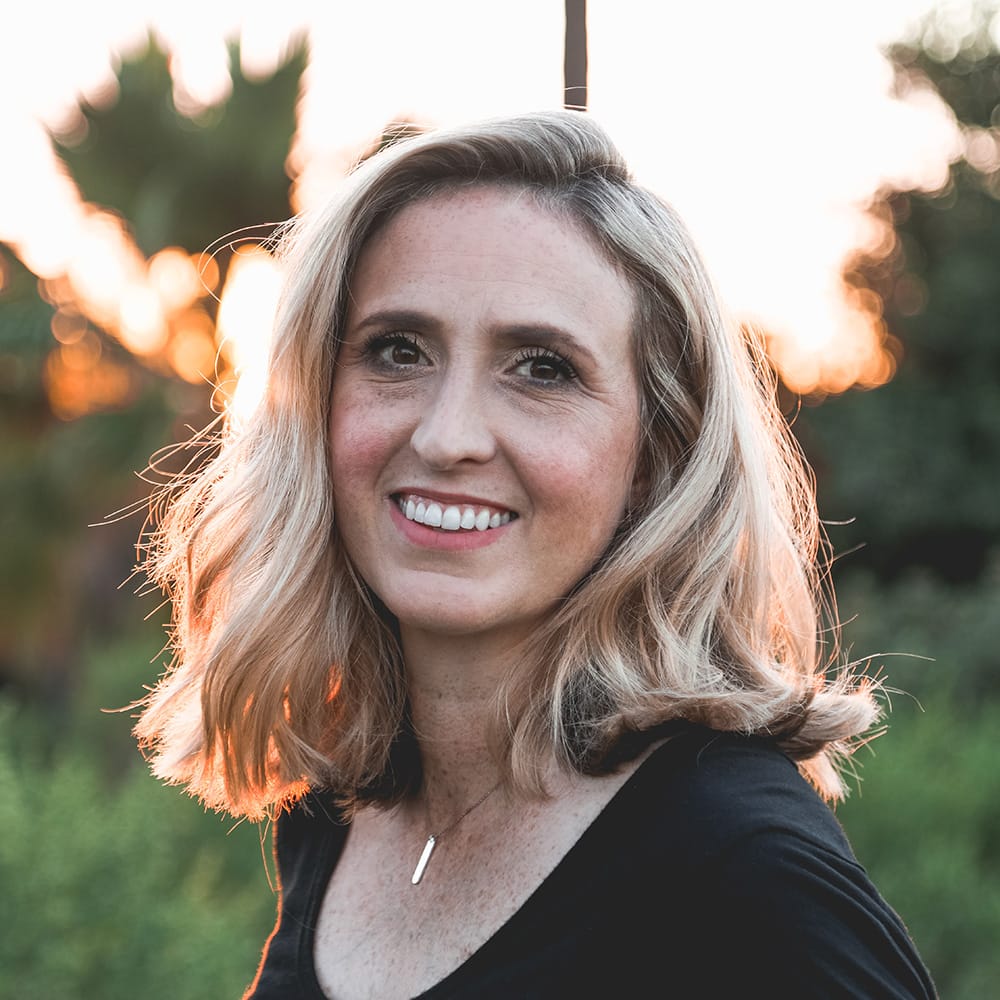A sump pump might not be the star of your household, but it’s undoubtedly one of your home’s best protectors. When the skies open up and water threatens to invade your basement, this trusty device comes to the rescue.
Whether you’re a homeowner seeking to better understand your basement’s defense system or someone curious about this crucial piece of household equipment, you’ve come to the right place.
What we’ll dive into:
- The basic definitions of the parts of a sump pump
- The 5 inner workings that answer the question: How does a sump pump work?
- 4 common types of sump pumps
Read on to become an expert on all things sump pumps!
What’s a Sump Pump Anyway? Here Are The Basics. 🤔
Before we delve into the inner workings, let’s get down to brass tax.
Basic Definition of a Sump Pump
A sump pump is a mechanical device installed in your basement or crawl space. Its primary mission? To keep your basement dry by efficiently removing excess water from a designated sump pit.
What’s the Sump Pit?
The sump pit is a small, specially constructed pit or reservoir positioned in the lowest part of your basement or crawl space. It serves as the collection point for excess water.
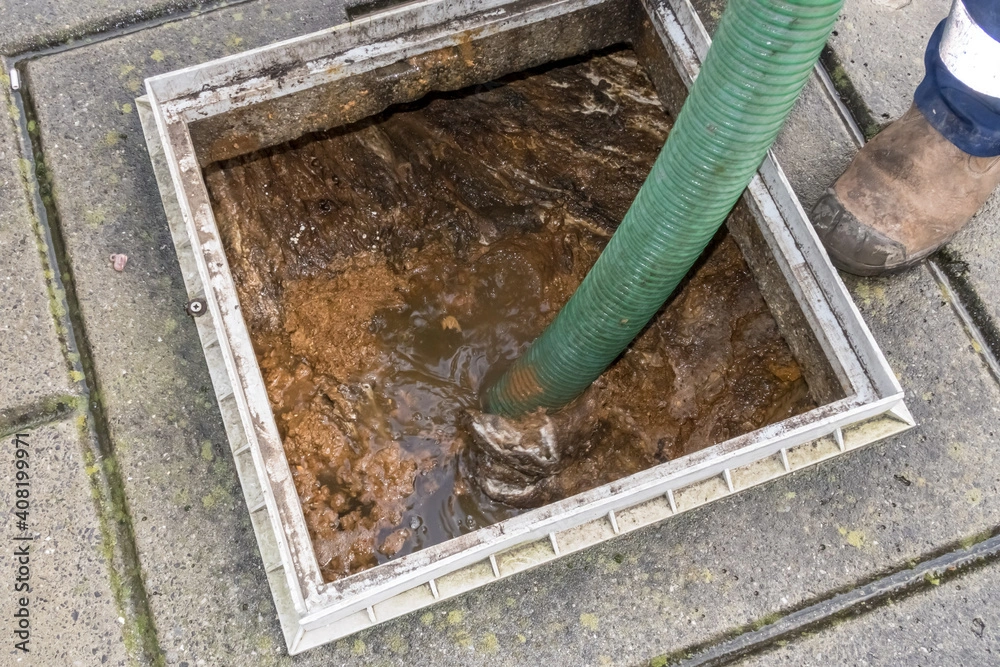
How Does Sump Pump Activation Work?
When the water level in the sump pit rises to a certain point, it triggers the sump pump to kick into action. This entire process is automated and occurs seamlessly, with the sump pump continuously monitoring the water level in the sump pit. It remains on standby until the next surge of water triggers its activation mechanism once again.
Now, let’s get to the real stuff: How does a sump pump actually work its magic? 🎩
The 5 Inner Workings of a Sump Pump: Pumping Away Your Worries 💪💦
1. Activation Mechanism
Most sump pumps are equipped with a float switch or a pressure sensor. When the water level in the sump pit rises and reaches a specific threshold, this switch is activated.
2. Motor Starts
Once the switch is triggered, the sump pump’s motor springs to life. This motor is the powerhouse behind the pump’s ability to move water.
3. Impeller Action
Connected to the motor is the impeller, a rotating component with curved blades. As the impeller spins, it creates a centrifugal force that draws water into the pump. The rapid rotation of the impeller creates a low-pressure zone in the center of the pump. This low-pressure area acts as a vacuum, drawing water from the sump pit towards the impeller.
4. Water Extraction
The impeller’s rapid rotation propels the water towards the discharge pipe. This pipe directs the water away from your home’s foundation and typically leads it to a storm drain or another designated drainage area.
5. Pump Operation
The sump pump continues to operate until the water level in the sump pit drops to a predetermined level. At this point, the float switch or pressure sensor deactivates the pump, and it goes into standby mode until it’s needed again.
Why Are Sump Pumps So Essential? 🏠
Understanding why sump pumps are an indispensable part of home protection is crucial. Firstly, they serve as the frontline defense against basement flooding, swiftly removing water during heavy rains, snowmelt, or rising water tables. This proactive approach not only keeps your basement dry but also preserves your home’s structural integrity by preventing excess moisture that can weaken foundation walls, cause cracks, and lead to costly repairs.
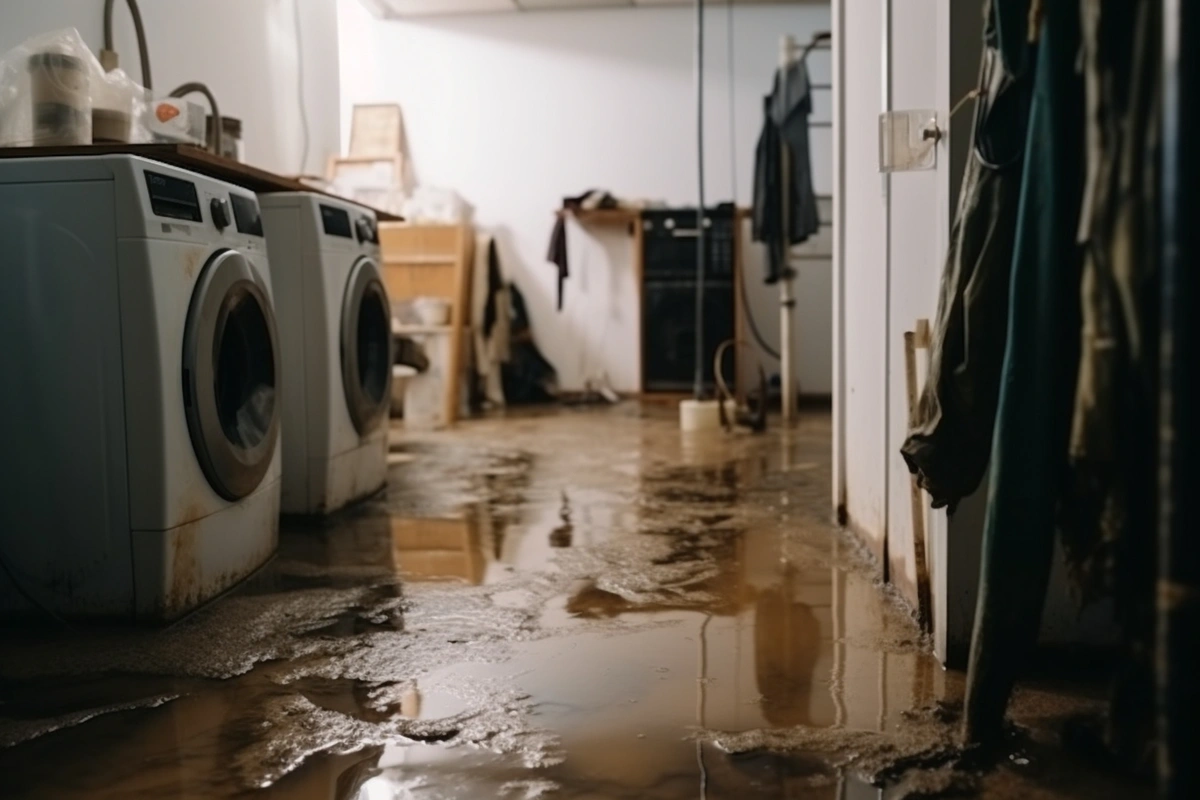
Sump pumps also contribute to the health and safety of your living environment, as damp or flooded basements can foster mold, mildew, and harmful bacteria, compromising indoor air quality and posing health risks. Moreover, sump pumps protect your valuable belongings stored in basements, preventing sentimental and financial losses.
Lastly, the peace of mind that comes with knowing your basement is safeguarded by a sump pump is invaluable during heavy rainstorms, allowing you to rest assured that your basement will remain dry.
4 Types of Sump Pumps: One Size Doesn’t Fit All
Sump pumps come in various types, each suited to specific needs and conditions. Here’s a quick rundown of the 4 common types:
1. Submersible Sump Pumps
These are the most popular and versatile sump pumps. They’re placed inside the sump pit and fully submerged in water during operation. Submersible pumps are efficient and typically quieter than their counterparts.
2. Pedestal Sump Pumps
Unlike submersible pumps, pedestal pumps are positioned above the sump pit. They’re ideal for narrower pits and are known for their durability. However, they can be noisier than submersible models. This is due to their above-ground positioning and direct motor operation. As a result, their noise may be a consideration for homeowners who prioritize quieter operation.
3. Battery Backup Sump Pumps
Power outages during heavy storms can render your sump pump useless. Battery backup sump pumps kick in when the primary pump fails due to a power outage. They’re a reliable option for uninterrupted protection.
4. Water-Powered Sump Pumps
These pumps operate without electricity. Instead, they use your home’s water supply to create a suction effect, removing water from the sump pit. They’re a good choice for areas prone to power outages but may not be as efficient as electric pumps.
Installation and Maintenance: Keeping Your Sump Pump Shipshape 🛠️ 🧹
Installing a sump pump involves digging a sump pit, placing the pump in the pit, and connecting it to a discharge pipe that directs water away from your home. It’s a job best left to professionals if you’re not experienced in plumbing and excavation work.
As for maintenance, here are some essential tips for keeping your pump in great shape:
- Regular Testing: Periodically test your sump pump by pouring water into the sump pit and ensuring it activates and pumps the water out effectively.
- Cleaning: Remove debris and sediment from the sump pit to prevent clogs that could impede the pump’s operation.
- Inspect the Check Valve: Ensure the check valve, which prevents water from flowing back into the sump pit, is in good condition.
- Battery Backup Check: If you have a battery backup system, test it regularly to ensure it’s functioning correctly.
- Professional Inspections: Consider scheduling professional inspections annually to identify any potential issues and ensure your sump pump is in optimal condition.
When Should You Replace Your Sump Pump? 🤷
Like all mechanical devices, sump pumps have a limited lifespan. Here are some signs that it might be time for a replacement:
- Age: Most sump pumps last around 10 years. If yours is approaching or exceeding this age, it’s a good idea to consider replacement.
- Frequent Failures: If your sump pump is experiencing frequent breakdowns or failures, it’s a strong indicator that it’s nearing the end of its life.
- Weird Noises: Grinding, clanking, or rattling sounds during operation can signify internal wear and tear, suggesting it’s time for a new pump.
- Water in the Basement: The most evident sign that your sump pump needs attention is water in your basement. If you notice even a small amount of water where it shouldn’t be, your sump pump might be failing to do its job properly.
- Lack of Maintenance: If you’ve neglected regular maintenance and inspections, your sump pump may be more susceptible to failures and may require replacement sooner.
A Helluva Protector For Your Home 🙅
While a sump pump may not be the most glamorous home appliance, it plays a pivotal role in protecting your home from water-related disasters. Understanding the question, “How does a sump pump work?”, the different types available, and when it’s time for a replacement empowers homeowners to make informed decisions about their sump pump systems. It’s essential to recognize that a sump pump is more than just a mechanical device; it’s a silent guardian, tirelessly watching over your home’s basement, ready to spring into action when needed most.
With this knowledge, you can ensure that your sump pump remains a reliable defense against basement flooding and water damage. Regular maintenance, including testing, cleaning, and professional inspections, can extend its lifespan and keep it in top shape.
Contact one of our plumbing experts at A.J. Alberts today by clicking here. We’ll make sure that your current sump pump is in top-notch condition or replace it with one that is.

